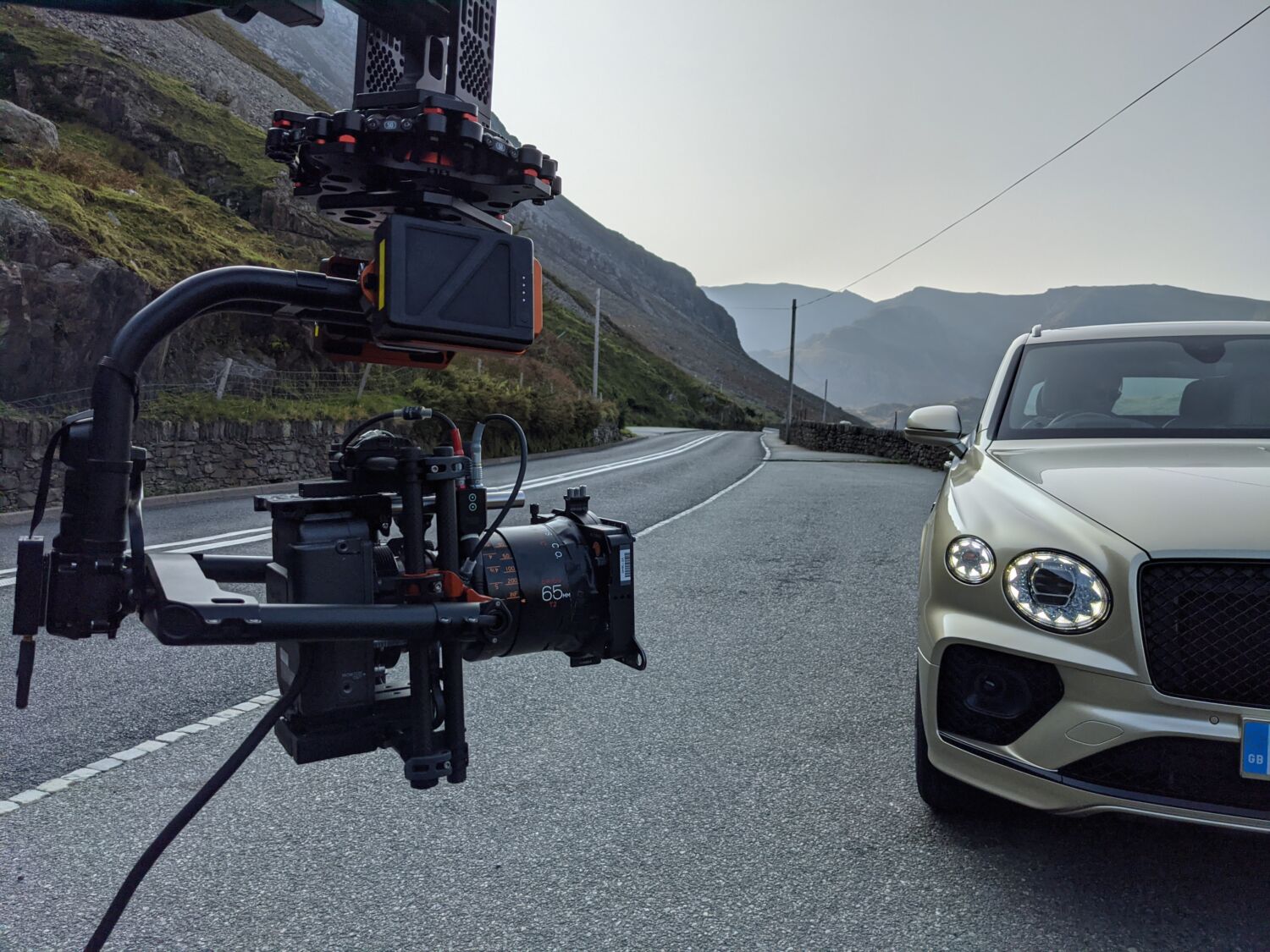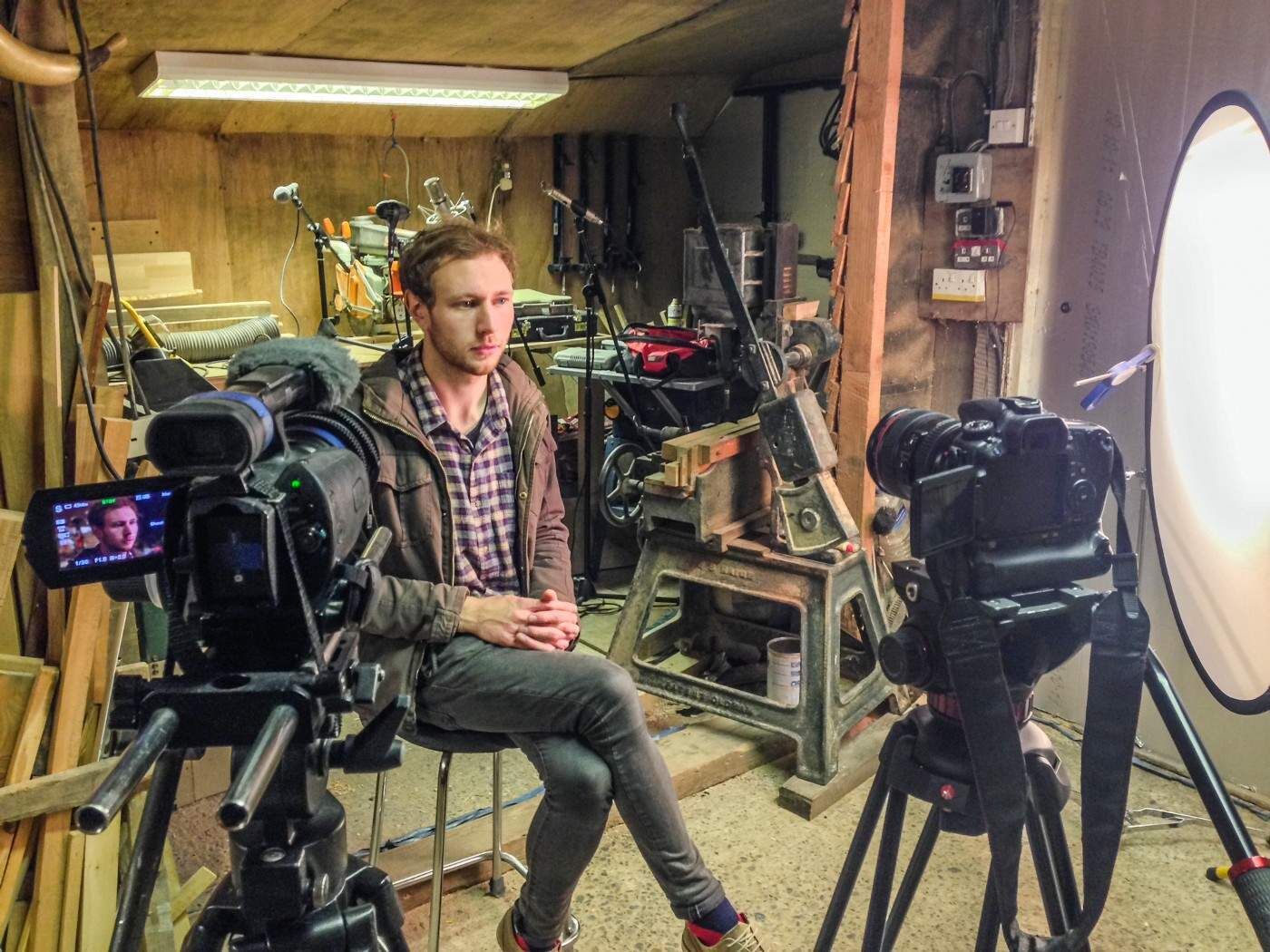The Cinematography of: Novo Amor & Ed Tullett Live Sessions

Is it really 2018 already? Heck.
It feels like a long time since I’ve had a spare morning to sit down and write one of these cinematography breakdowns, so forgive me if this is a little rusty and/or ropey.
I’ve been wanting to write this breakdown ever since we shot the project back in October, alas, better late than never.
Let’s get to it. Buckle up.
Sometime in early autumn 2017, indie-folk sensations Novo Amor and Ed Tullett approached us with the idea of shooting three live music sessions to coincide with the upcoming international release of their collaborative album.
One of the songs, “Freehand”, was instrumentally and compositionally very different to the other two that we’d been asked to shoot. For this reason, we decided to go down a very stripped back one-take video route for it.
The end result was great, and if I get time I’ll write a breakdown for that one too.
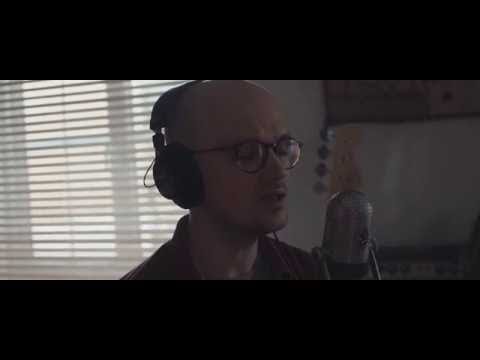
The two remaining songs, “Terraform” and “Vantablack” were structurally and instrumentally similar, however the tone and moods of the pair couldn’t have been more contrasting.
Terraform had quite an uplifting, almost playful and positive vibe, whereas Vantablack was dark and gave off a sense of malevolence.
Novo Amor (Ali Lacey) and Ed had given us an initial brief in terms of the sort of session they were after, and at this stage, they made it clear that they weren’t after a studio or professional recording environment for the sessions.
Instead, they were looking for something more stripped back and improvised.
Locations
We knew from the off that these live sessions were going to be very visually driven.
Because they were live, we’d need to make sure that every take was a great one, and that it looked good for the whole duration of the song, from every chosen angle.
I worked closely with the director (Josh Bennett) right from the start of the project, to start building and layering the different visual elements that would make up the aesthetic of the sessions.
We initially began by looking at run down and derelict ex-industrial spaces, and it was after I’d seen a few examples of these spaces that I suggested the idea of shooting both sessions in the same location, but at different times of the day.
In the day, these locations were usually flooded by natural light due to the large window panes, and at night they changed character dramatically, becoming eery and obviously much darker.
After some discussion, we decided that shooting both sessions in the one location would work really effectively to create a clear thematic dichotomy that would separate the sessions and yet simultaneously tie them together.
We ended up finding our favourite location purely by chance.
Whilst recceing this old malthouse in Cardiff (that was disappointingly being renovated into offices) for a separate project, we spotted a loft section of the building that was closed off to the public and asked if we could check it out as a potential location.
As soon as we popped our heads up there, we knew it’d be perfect for this project.
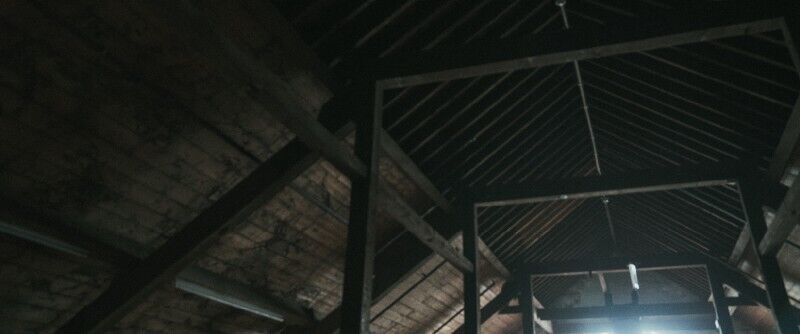
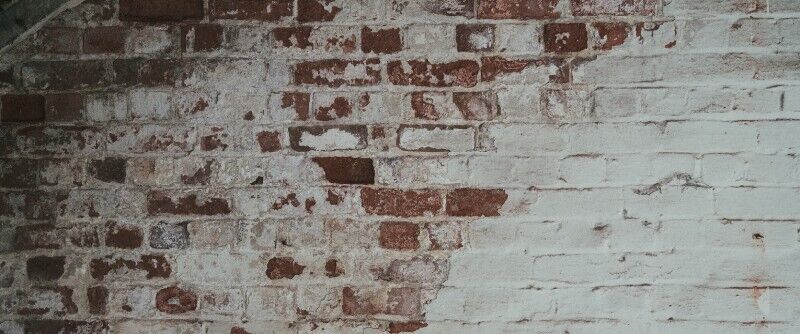
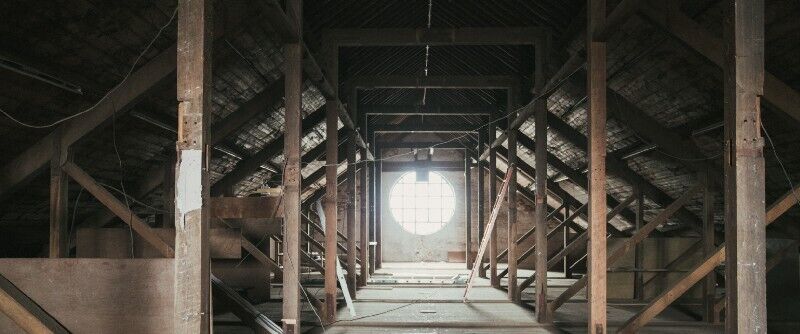
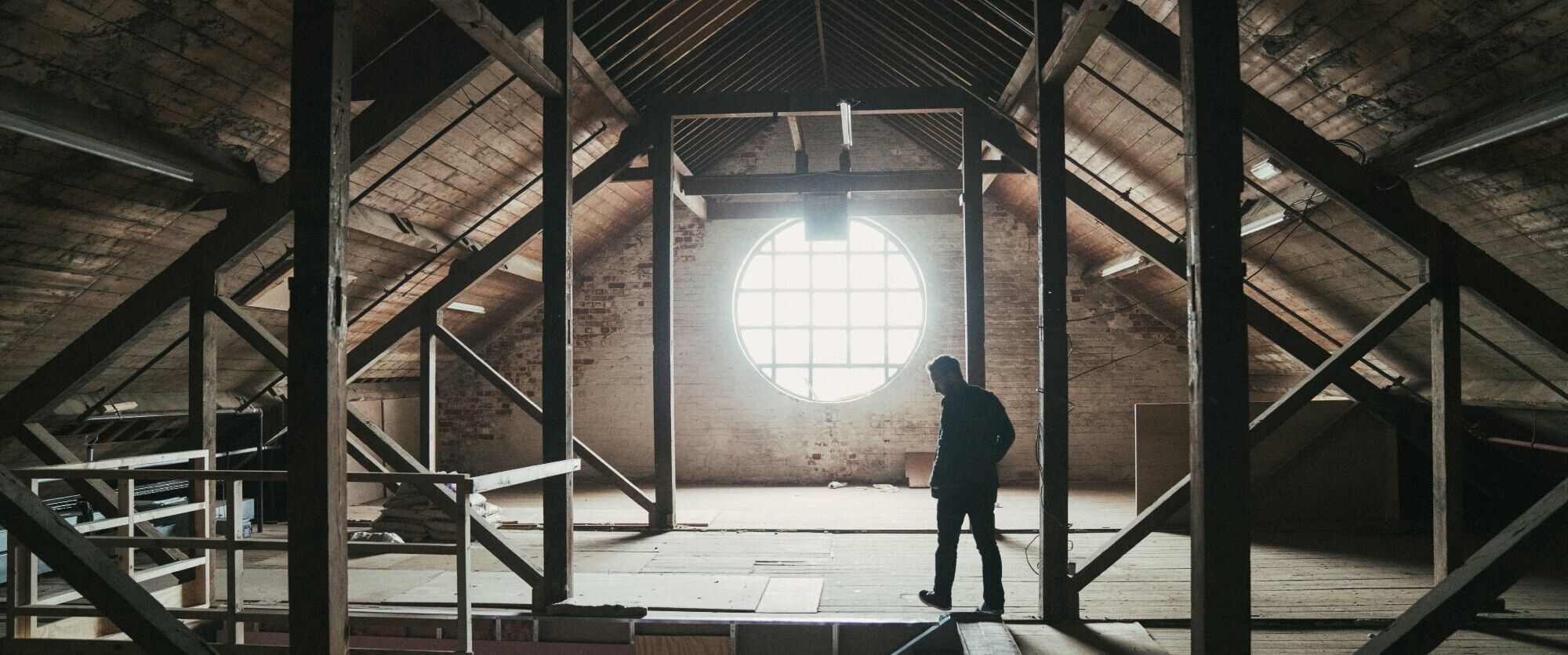
Lighting (Terraform)
With these sessions, I really wanted to explore ways of reinforcing and enhancing the mood that was already present due to the characteristics of the location.
I wanted Terraform to be high key when compared to Vantablack. For this reason, I went down a daylight-inspired route and lit the scene using a series of HMIs and diffusion frames.
I actually lit this very similar to the video I shot for Nineteen Fifty Eight, which I knew would work well given the space.
Even though we shot with cameras capable of capturing the information from outside of the windows, I made a decision early on to purposefully blow them out—almost using them purely as a light source.
I thought this would also work well to focus the attention of the viewer on the performance instead of what was outside of the room.
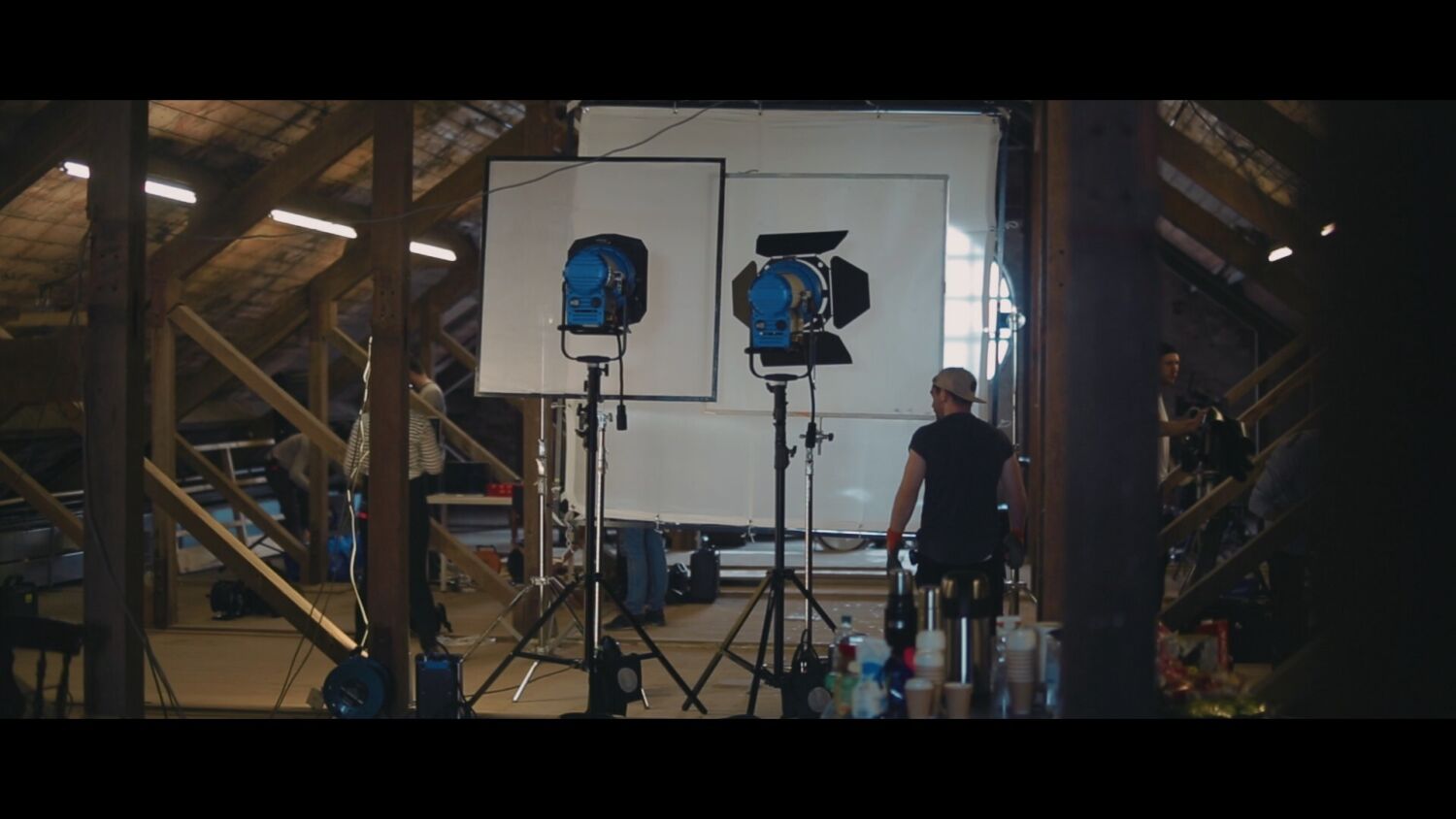
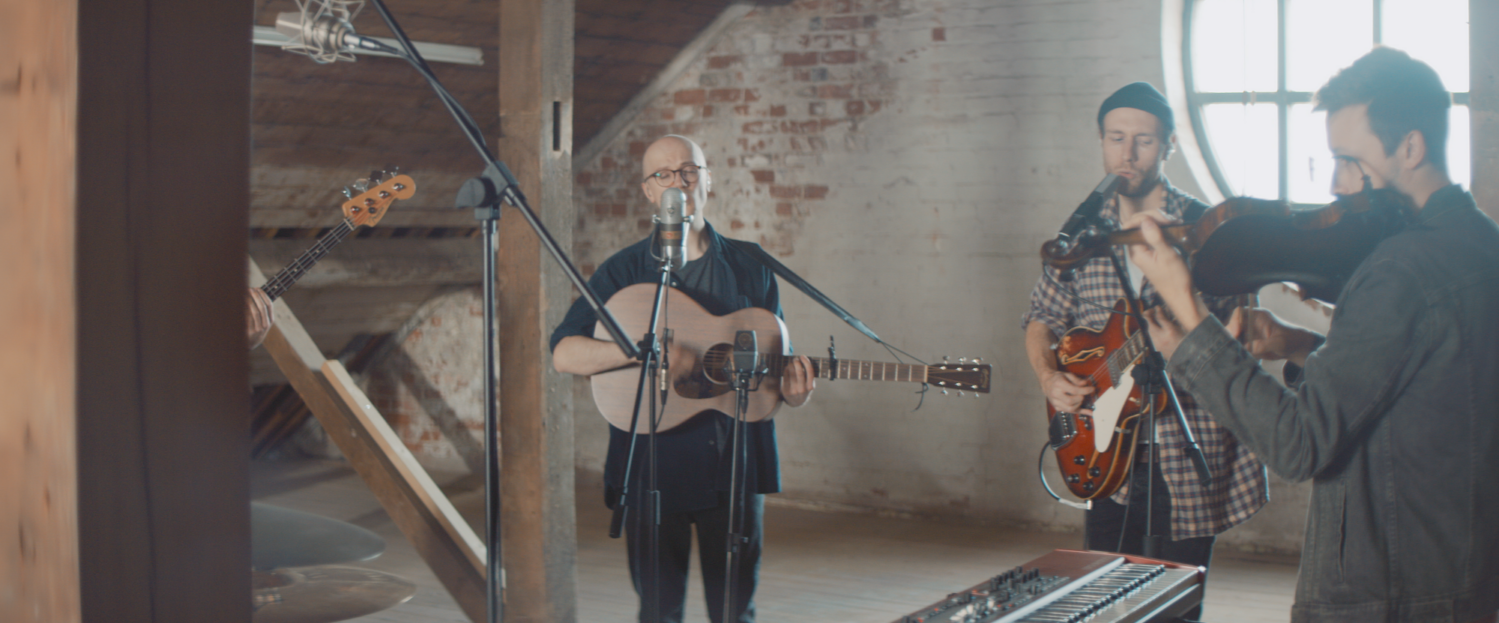
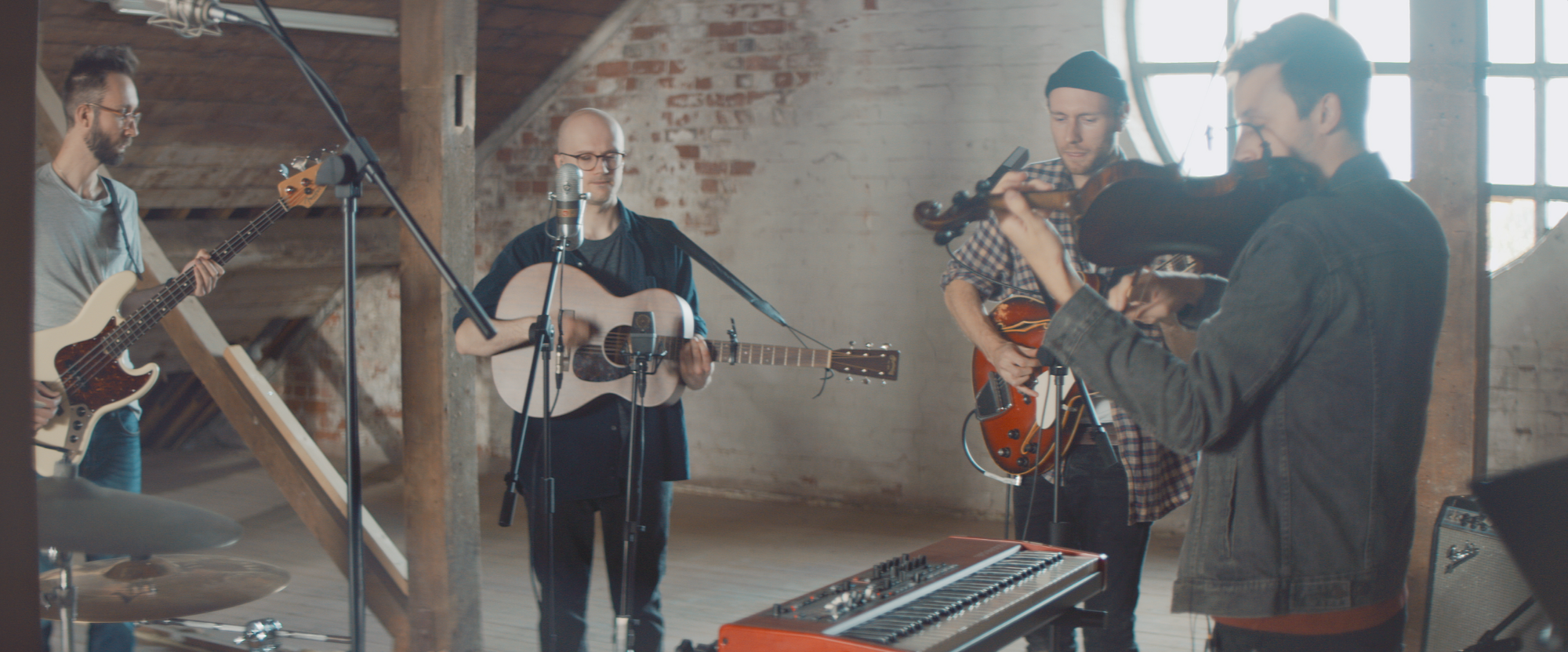
Lighting (Vantablack)
Vantablack was to be the much darker, moodier session of the two.
As there was much less motivated light for this scene, I had to come up with a way of creating an interesting, illuminated scene, which still had the low-key aesthetic we were looking for.
I wanted to keep the focus on the band and be able to keep the area around them dim by comparison. To do this I used a ceiling-beam-mounted 5ft Chimera, which was heavily skirted with black wrap.
I liked the idea of adding in some practical lights to create some further distinction between Vantablack and Terraform.
This worked out well as I was able to introduce some warmth into the scene, which again contrasted with the cold, neutral light of day in Terraform.
I sent off a lighting plan to my gaffer, Matt from SR Productions, who was able to construct some bespoke light bulb fixtures for me and mock up a pre-light visual.
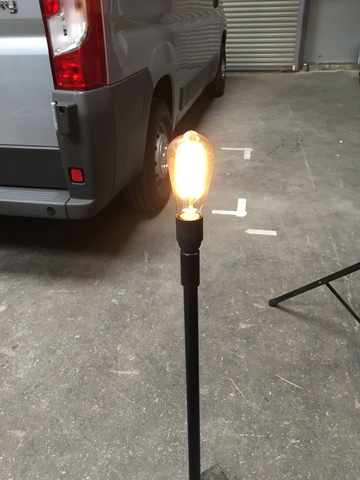
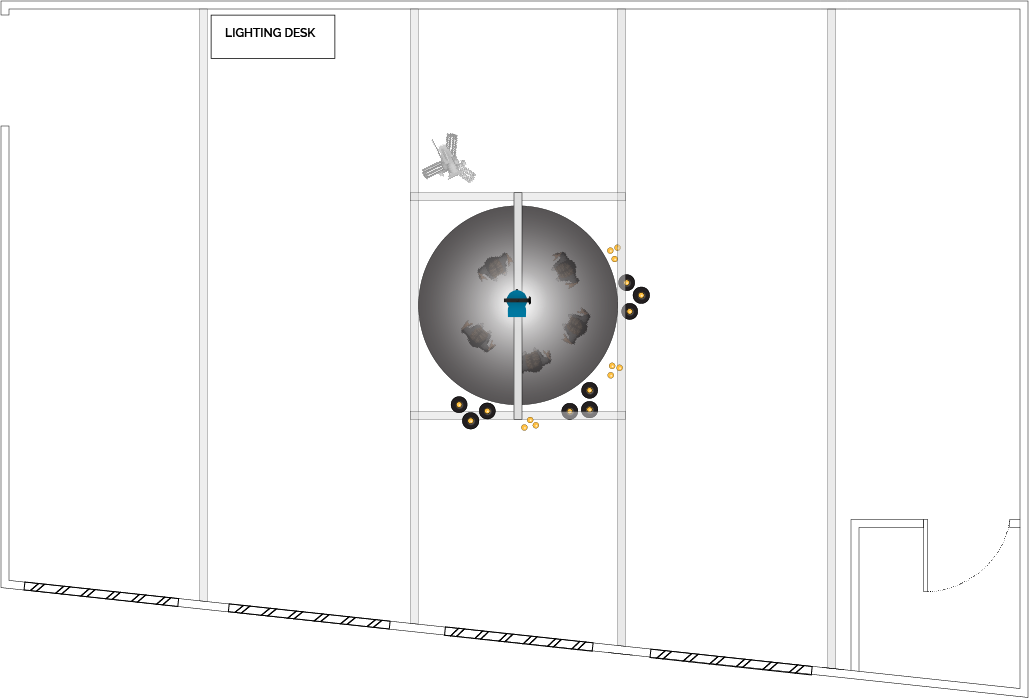
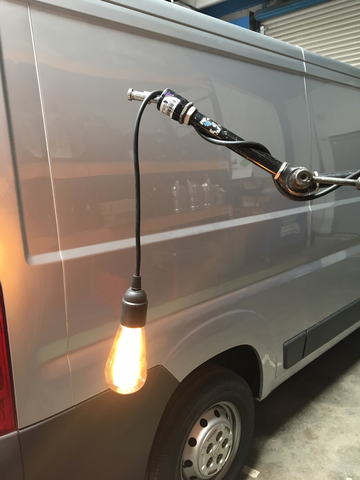
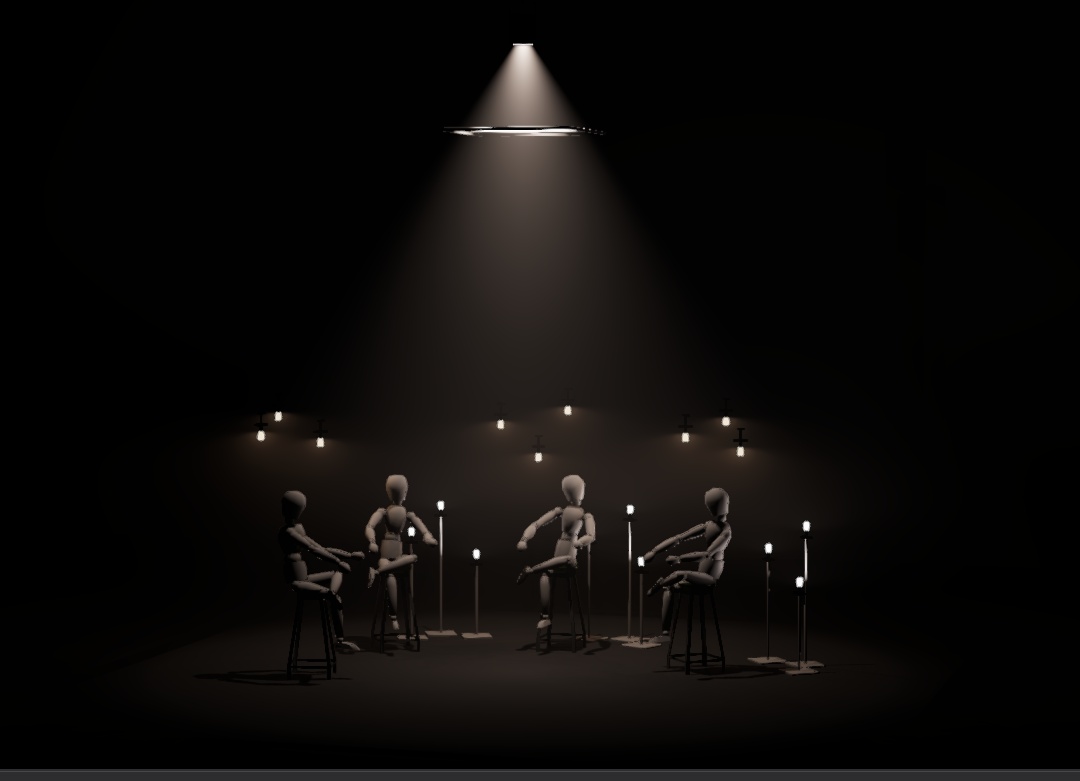
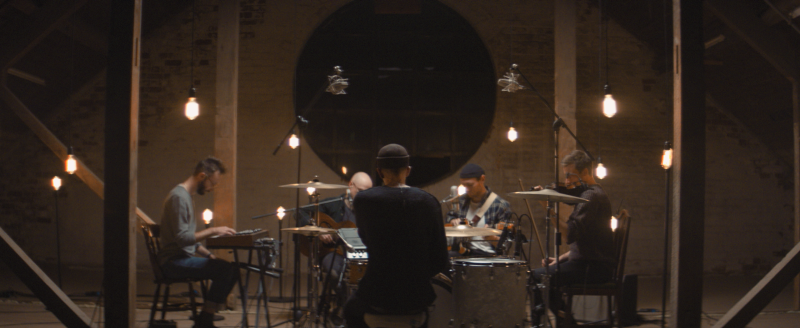
Camera
In an earlier blog post, I did discuss how I reached the conclusion of shooting on RED over ARRI, so I won’t go into that in too much detail here.
I opted to shoot the sessions on a number of RED Weapon 6K Dragons, all fitted with the skin tone OLPF. This did lower the sensitivity of the camera by about a stop, but it gave me much better roll off in the highlights and an overall more pleasing skin tone.
I opted to shoot in 6K RAW at a 5:1 compression, which I felt was a good compromise between having ample data for post and having too much data to store.
We also shot a 2K ProRes 422 LT proxy for the offline.
What really gave the sessions their distinctive look and character was the lenses.
I opted for a set of really old Kowa anamorphics which were kindly acquired for me by Video Europe via Movietech in London.
Luckily I had a brief window at the rental house prior to the shoot to test the lenses. The 40mm was absolutely full of fungus and was as soft as hell, so I tried to avoid using it.
We mainly used the 50mm, 75mm and 100mm. I think I only used the 40mm once when I really needed a wide intro shot.
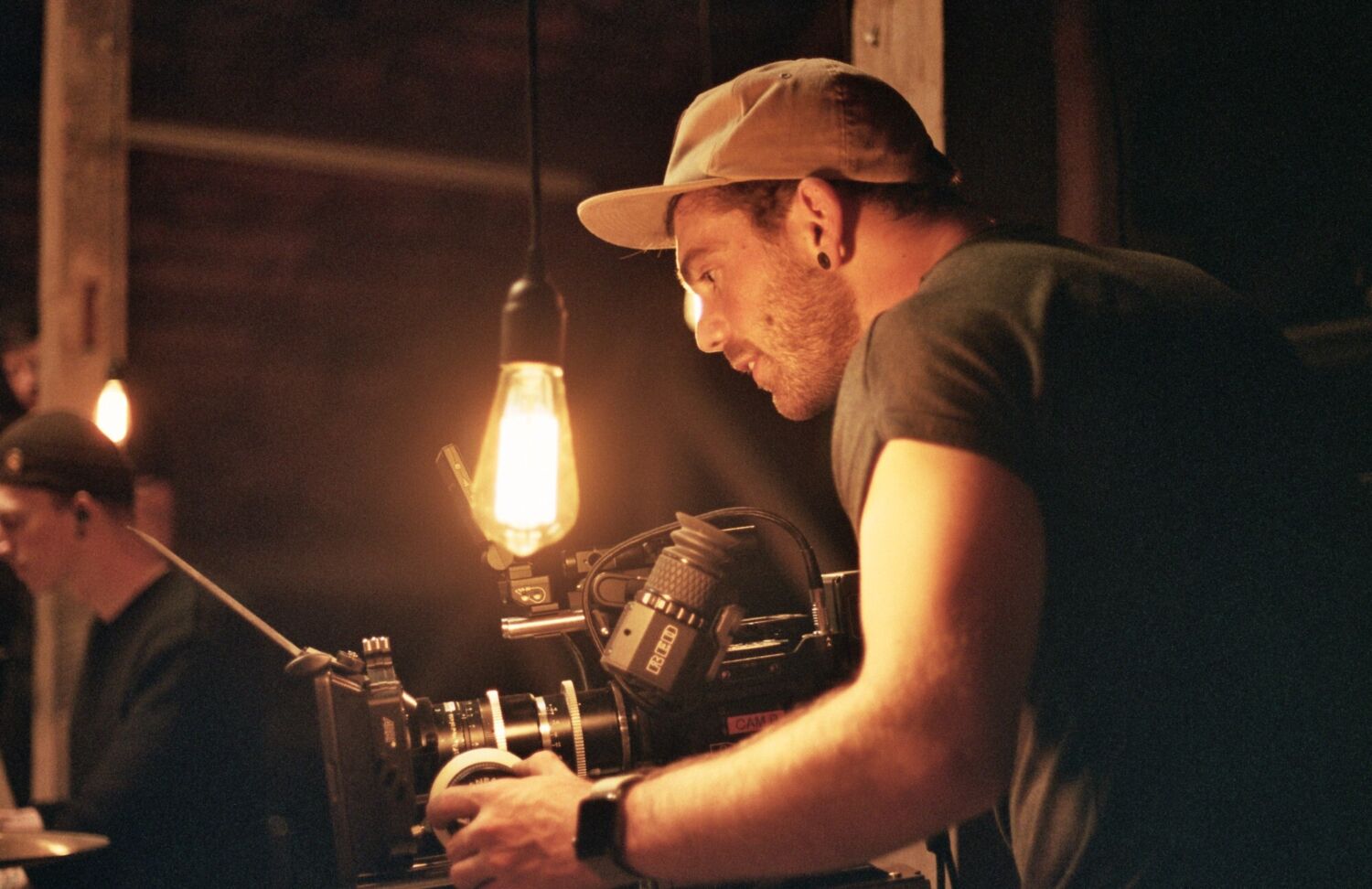
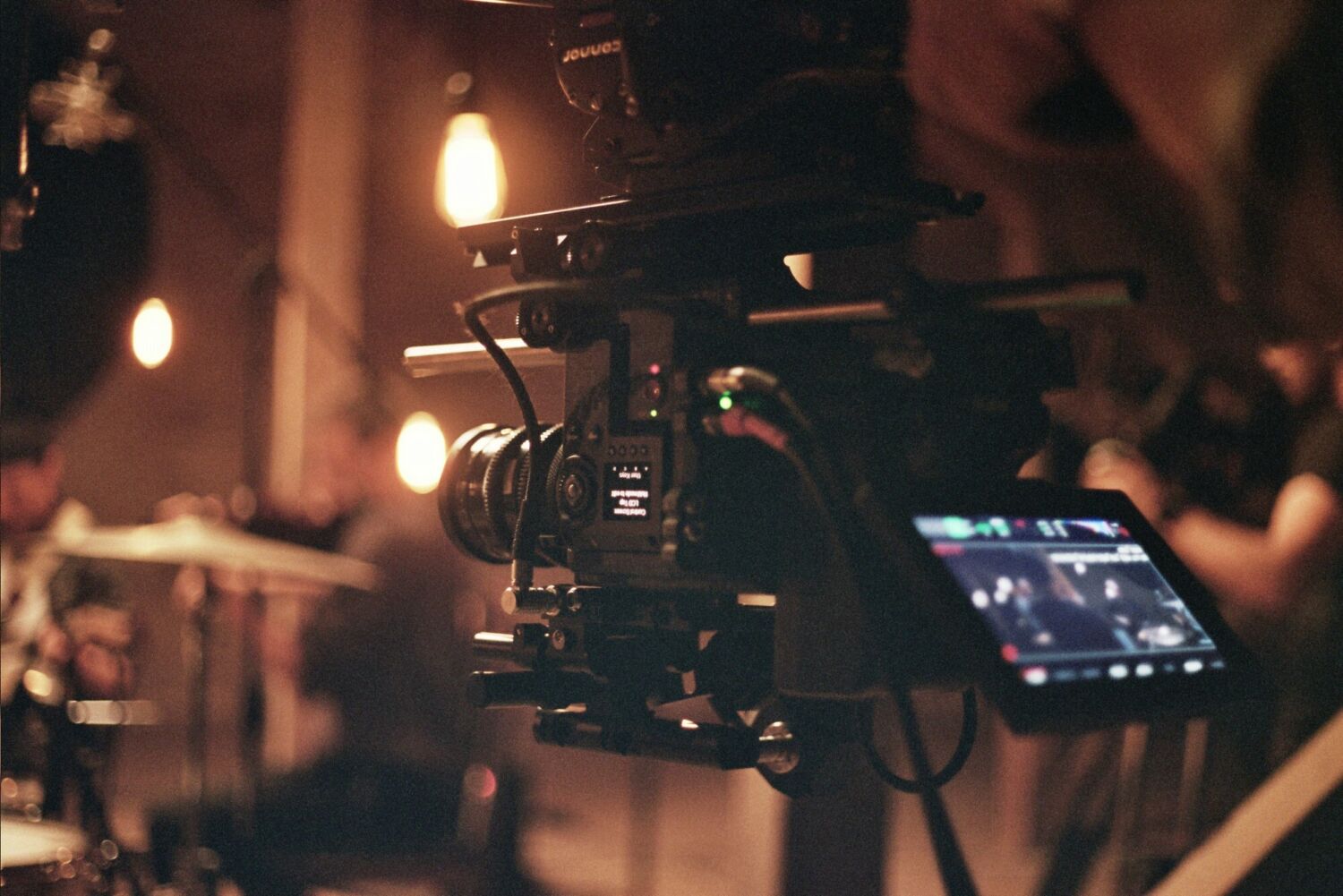
Movement
Unlike a lot of shoots I seem to do recently, for this one I opted to shoot entirely on either tripod or tracks.
The camera ops were instructed to go home with the song and listen to it on repeat, learning the sections and stand out elements, so that their operating would be reflective of certain moments of the songs.
The camerawork, on the whole, was intended to avoid attracting attention to itself, and instead supposed to just let the performances speak for themselves, and therefore all the moves are pretty subtle and smooth.
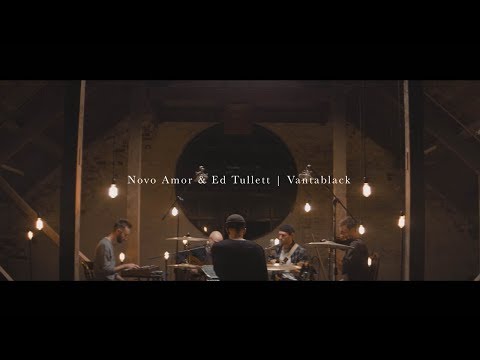
These sessions, especially Vantablack, were a really good example of auterism at work, as I was able to carefully plan every aspect that made up the visuals, and then execute it according to plan.
It’s not that often that I’m pleased with every element of production, but in this case I was pretty chuffed!
Check out the behind the scenes video below, shot by Dickhan Ho, for an insight into how the day went down.
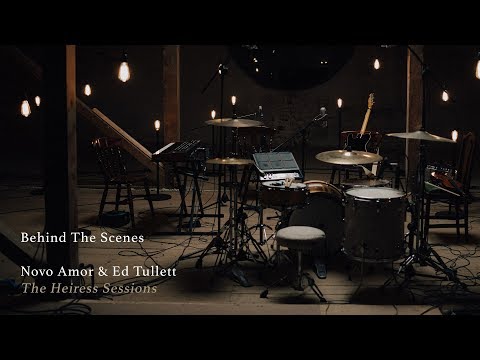
That’s it for another instalment of Cinematography Breakdown, as always, if there’s anything I can improve, do differently or add more or less detail to, get in touch! I love talking about this stuff.
